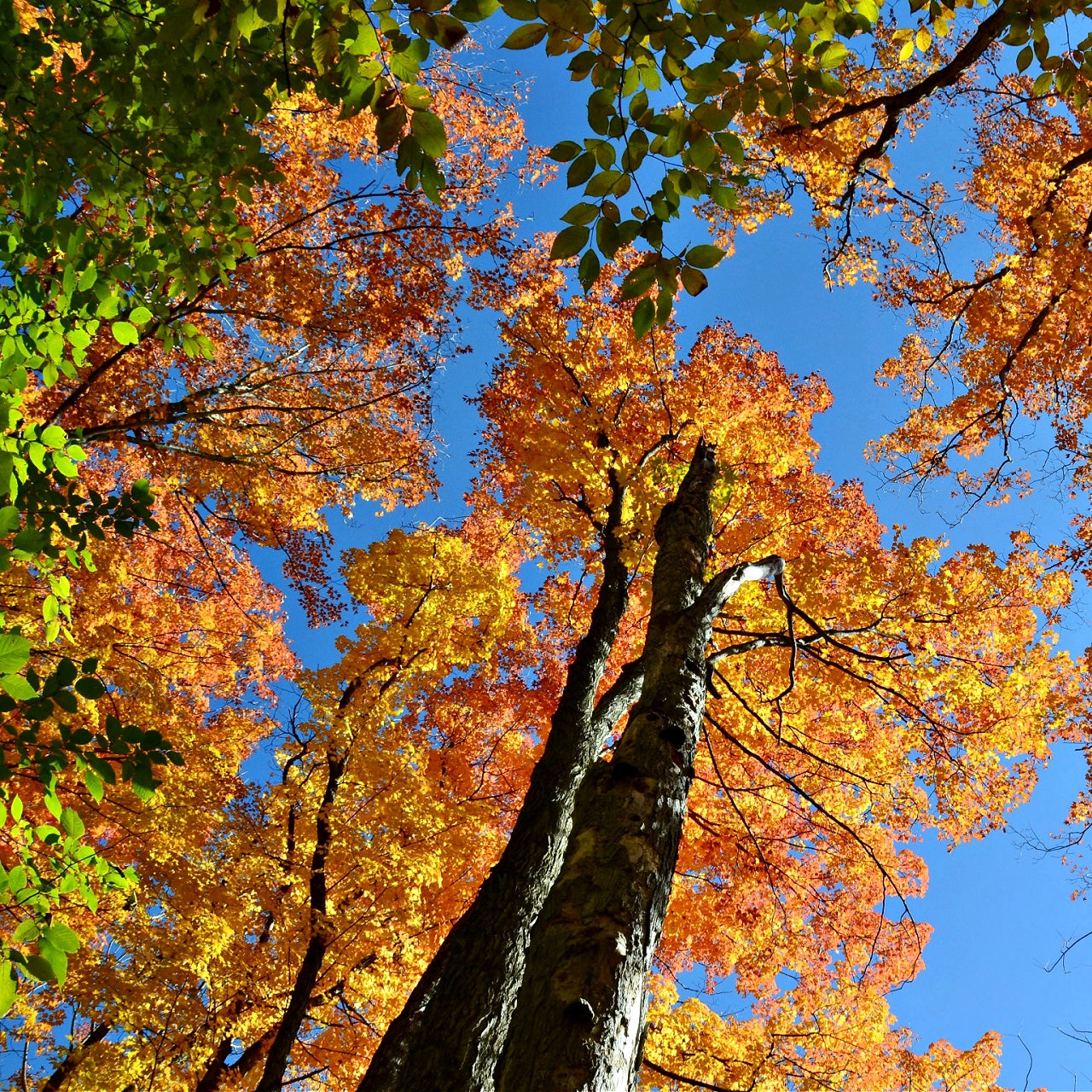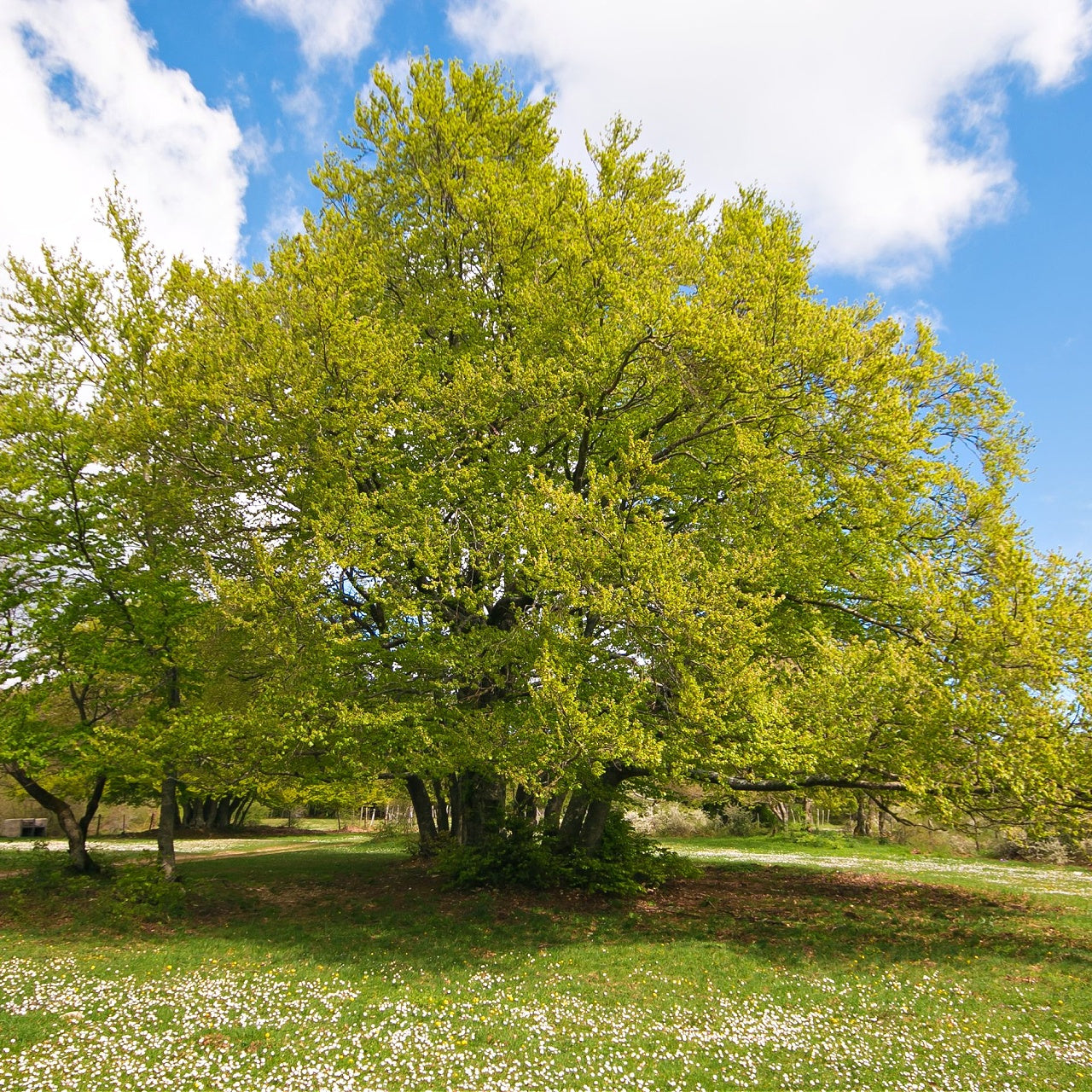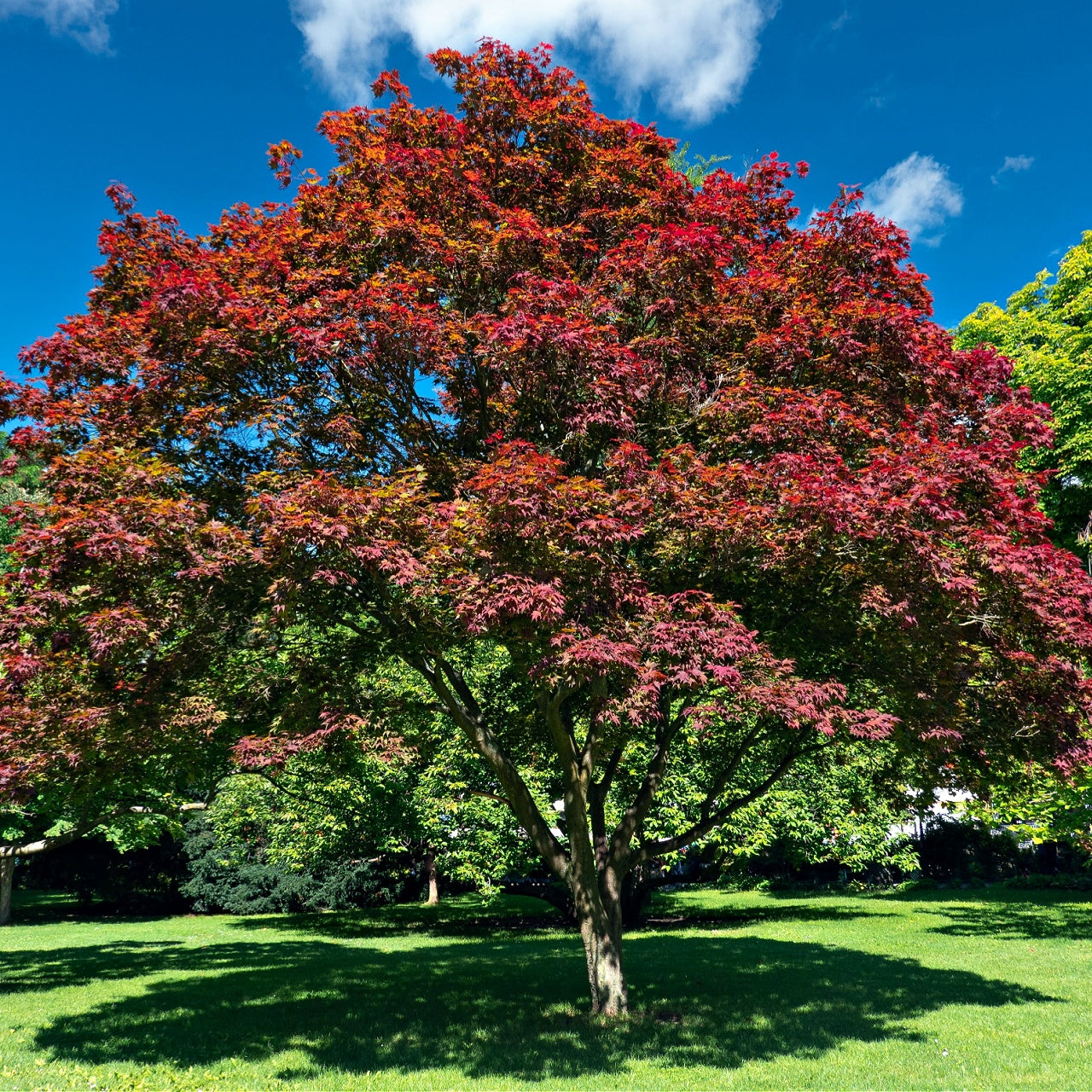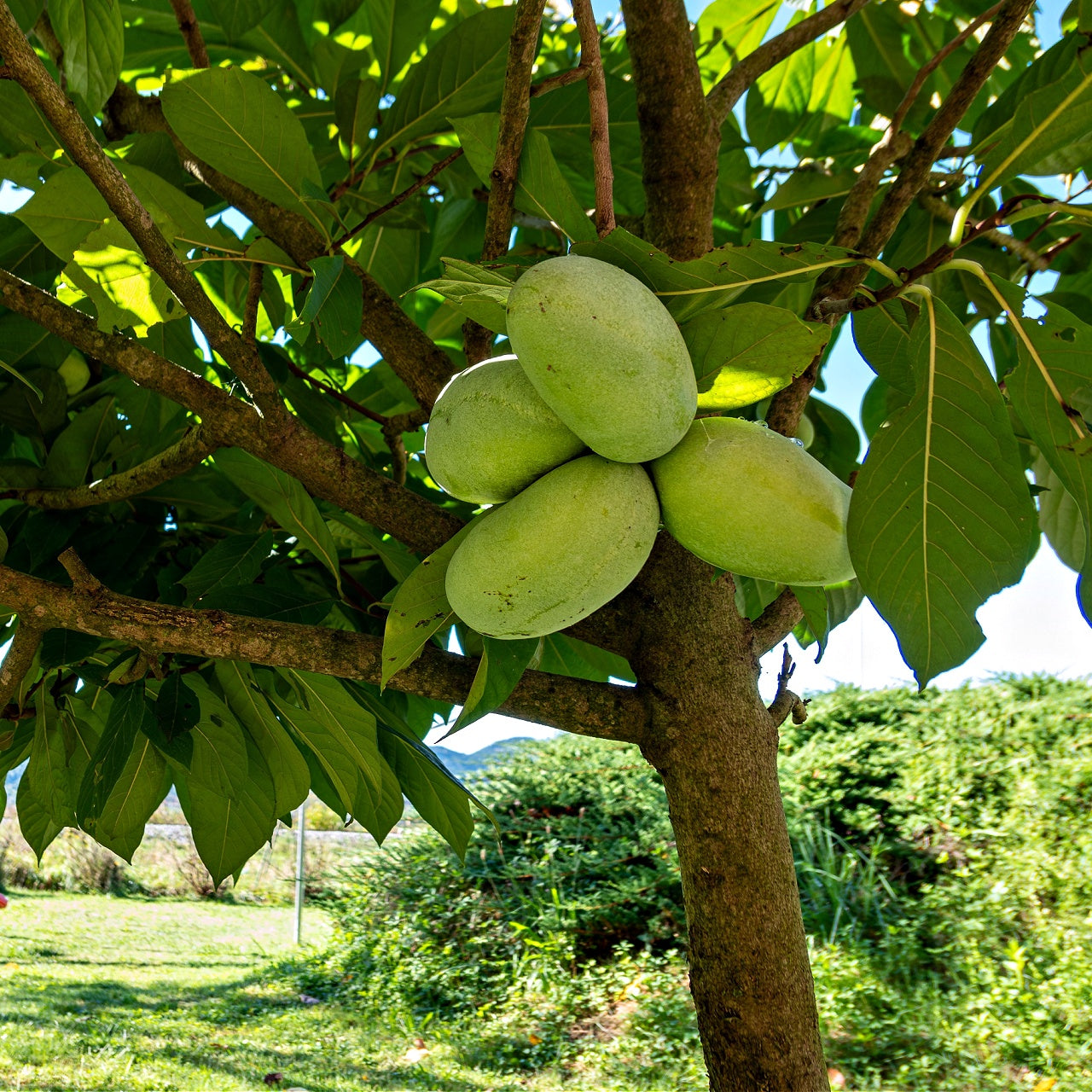
Natural Pest Predators in Action
Natural Pest Predators in Action
Harnessing the Power of Natural Pest Predators
Beneficial natural pest predators provide essential support to maintain equilibrium across gardens, agricultural lands, and natural habitats. Numerous farmers have shifted their pest management approach to promoting beneficial organisms as they recognize their superior effectiveness and environmental benefits compared to chemical sprays and artificial treatments. Organic and sustainable practices benefit plant and soil health while protecting biodiversity. Thriving populations of birds, insects, and small mammals maintain pest control, allowing plants to prosper without toxic runoff or collateral damage to unintended species. Ecological balance can be reestablished in ecosystems where plant-pollinator-predator interactions have been disrupted by reintroducing or supporting natural predator species. This method acknowledges the complex network of life where every creature, from tiny arthropods to top predators, helps maintain environmental wellness.
Historically, humans have used natural defense mechanisms to control pest populations. Throughout history, farmers and gardeners have understood that wildlife acts as a protective force in defending their crops against destructive pest attacks. The combined forces of modern agricultural intensification and urban development have occasionally disrupted this ecological partnership. The use of chemicals alongside habitat destruction by humans has unintentionally diminished the population of natural pest controllers. People are now focusing on natural predators because they understand the long-term expenses of chemical dependence and seek sustainable agricultural practices. Our objective is not to eliminate pest species but to maintain control so they do not become dominant threats. This equilibrium builds a robust environment where wildlife and human requirements coexist and thrive.
People can cultivate healthier soil and limit synthetic pesticides by fostering natural pest predators. An ecosystem teeming with multiple predator species develops greater resilience against pest outbreaks because different predators specialize in attacking pests at their unique developmental phases. The implementation of this defensive strategy prevents garden pests from freely reproducing. Many individuals value the visual appeal that birds and beneficial insects bring to their environment when they invite these creatures to their spaces. The existence of various wildlife species produces a livelier landscape because the mixture of birdsong and insect buzz suggests a healthy ecosystem.
Beneficial Insects and Their Role
Among the most celebrated natural pest predators are beneficial insects. The beneficial insect group includes ladybugs, lacewings, ground beetles par,asitic wasps, and praying mantises, which specialize in eating harmful pests such as aphids, caterpillars, and grubs. Ladybugs are aggressive predators of soft-bodied insects, potentially destroying tender plant leaves and stems. Ladybugs excel in gardens that offer consistent food sources alongside appropriate shelter in the form of plants with small flowers and dense foliage. Green lacewings earn their name "aphid lions" during their larval stage because they relentlessly chase after tiny pests, which makes them a valuable partner for gardeners.
These insects need particular environmental factors to maintain their active population. They will relocate to better habitats if their environment lacks diverse plants, water sources, or breeding areas. Gardens benefit from these helpful insects when native plant species are promoted. Specific flowers provide nutrition and shelter through their nectar and pollen, while ground covers and mulches create insect breeding habitats. Farmers must avoid using broad-spectrum pesticides because they do not distinguish between harmful pests and helpful insects that consume them. Gardeners who provide refuge for beneficial insects will experience natural pest control growth without resorting to environmental toxins.

Birds as Guardians of Green Spaces
Birds are essential natural pest controllers across agricultural fields, orchards, and urban gardens. During their nesting periods, robins, bluebirds, swallows, and sparrows eat insects to provide their young with essential protein-rich diets. Big predatory birds like hawks and owls regulate rodent numbers, which stops mice and rats from destroying crop fields and storage sites. Property owners can establish year-long bird habitats by installing birdhouses while preserving key trees and shrubs and minimizing chemical use.
With sufficient habitat support, birds will defend their territories against damaging insects like grubs and beetles. Bird populations indicate a healthy ecosystem because they need plentiful food sources and secure nesting areas. The regular movement of birds throughout different landscape regions aids seed dispersal, which leads to the natural restoration of plant ecosystems. Allowing birds to flourish in suburban yards and larger farms establishes a balanced environment that prevents pest outbreaks from getting out of control.
Promoting a Balanced Ecosystem
Maximizing an ecosystem that supports all living is essential to maximizing the advantages of natural pest predator species. Maintaining habitat distance is a critical factor that enables birds and other wildlife to locate necessary resources. Habitats like small ponds combined with hedgerows and native wildflowers create spaces where natural pest predators can flourish. Beneficial species find the resources required to sustain permanent populations when their habitats remain untouched or are carefully established.
Supporting a balanced ecosystem requires attention to soil health. Biologically active soil abundant in nutrients supports beneficial microorganisms that promote vigorous plant growth while preventing the spread of harmful pathogens. Plants with good health experience fewer severe pest attacks, so predators require less effort to keep the ecosystem balanced. Using organic fertilizers, compost application, and regenerative methods helps gardeners establish a strong base that enhances the impact of natural pest management solutions. Reducing or stopping chemical treatments protects natural pest management species from potential harm.
Adopting these strategies leads to an environment where pest populations stay controlled. Growers should feel satisfied instead of fighting insects and rodents without end because a living system with balanced life-death cycles supports a dynamic equilibrium. By combining current ecological knowledge with the traditional use of natural predators, integrated pest management presents a progressive solution to pest problems. We aim to grow healthier plants and gardens while maintaining the essential natural relationships that support life across the globe.






